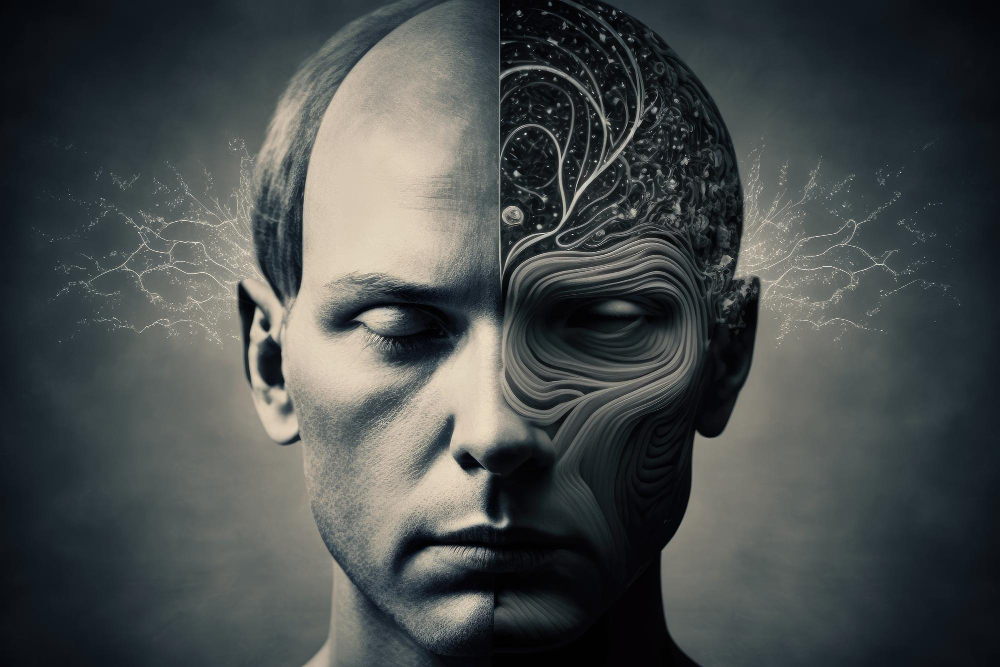
In today's fast-paced digital world, businesses are constantly seeking innovative ways to improve customer service and streamline communication. Chatbots, powered by Artificial Intelligence (AI), have emerged as a game-changing technology in this domain. They offer an interactive, personalized, and efficient way to engage with customers, providing assistance and resolving queries at any time of the day. This article delves into the transformative impact of chatbots before the advent of more advanced AI systems like Before chatgpt, highlighting their benefits, challenges, and future potential in customer service.
The Dawn of Chatbots in Customer Service
Chatbots have been around for a while, with early versions appearing on company websites and social media platforms as simple, script-based responders. These precursors to more advanced systems like ChatGPT were designed to mimic human conversation and perform basic tasks such as answering frequently asked questions or guiding users through a website.
Benefits of Early Chatbots
1. 24/7 Availability: One of the most significant advantages of chatbots is their round-the-clock availability. They can provide instant responses to customer inquiries at any time, improving overall customer satisfaction.
2. Handling Capacity: Unlike human customer service representatives, chatbots can handle multiple interactions simultaneously, ensuring that no customer is left waiting.
3. Consistency: Chatbots offer consistent answers to customer queries, ensuring that the information provided is accurate and uniform, which helps in maintaining the brand's voice and policy adherence.
4. Cost Efficiency: By automating routine tasks, chatbots can reduce the workload on human agents and save businesses on operational costs.
Challenges Faced by Early Chatbots
While early chatbots made significant strides in customer service, they were not without their challenges:
1. Limited Understanding: Early chatbots often struggled with understanding complex queries and nuances of human language, leading to frustration for users seeking more than basic information.
2. Lack of Personalization: These chatbots were not as sophisticated in providing personalized experiences, which limited their ability to build deeper customer relationships.
3. Dependency on Scripts: Being heavily reliant on predefined scripts made early chatbots less flexible and sometimes unable to handle unexpected user inputs effectively.
The Evolution Towards More Advanced AI
As AI technology progressed, so did the capabilities of chatbots. The introduction of machine learning and natural language processing allowed chatbots to learn from interactions and improve over time, leading to more sophisticated conversational agents like ChatGPT.
The Impact of Advanced AI on Customer Service
Advanced AI chatbots have taken customer service to the next level by offering more natural and engaging interactions. They can understand context, remember past interactions, and even detect the emotional tone of the customer, allowing for more empathetic and effective communication.
The Future of Chatbots in Customer Service
The future of chatbots in customer service looks promising. With continued advancements in AI, chatbots are expected to become even more intelligent, personalized, and integrated into various customer service channels. They will likely play a crucial role in omnichannel strategies, providing seamless support across different platforms.
Conclusion
Chatbots have significantly evolved from their early days, providing businesses with a powerful tool to enhance customer service. They have bridged the gap between companies and consumers, offering a convenient, efficient, and cost-effective way to engage with customers. As AI continues to advance, chatbots will undoubtedly become an even more integral part of the customer service ecosystem, transforming the way businesses interact with their customers and setting new standards for customer experience.
